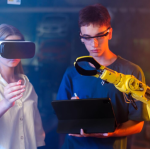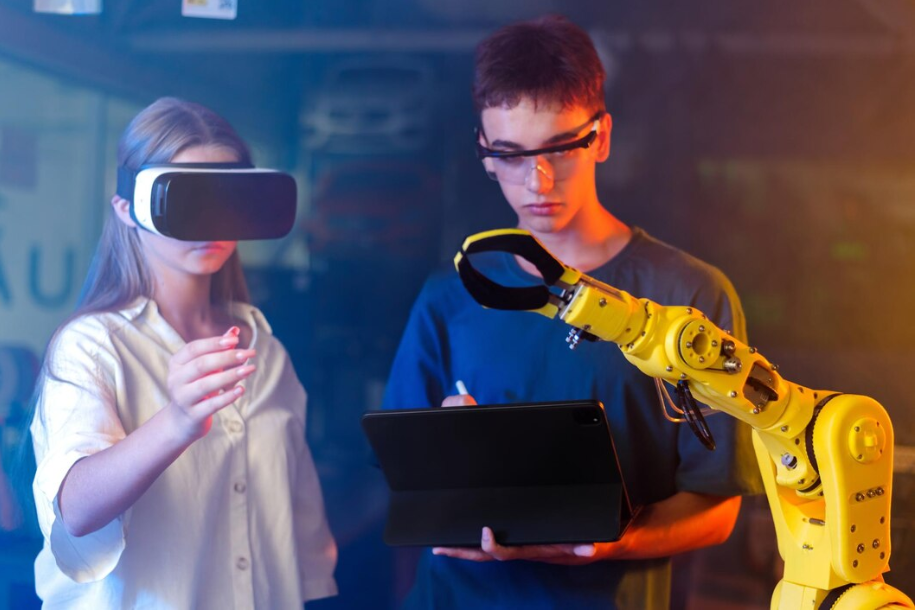In the ever-evolving landscape of digital entertainment, the integration of personal identity into gaming platforms has become a key aspect of user engagement. One such innovation is the convergence of the Madden NFL video game series, a beloved staple in sports gaming, with Bitmoji, a popular avatar creation tool. The collaboration, dubbed HOAVOC Madden Bitmoji, brings together the power of self-expression and immersive gaming, allowing users to personalize their virtual experience in unprecedented ways.
This article delves into the rise of the HOAVOC Madden Bitmoji, its impact on user engagement, its functionality within the Madden franchise, and its potential to shape the future of gaming and digital identities.
The Rise of Bitmoji in Digital Culture
Bitmoji, a personalized avatar tool, has become a widespread phenomenon, allowing users to create digital representations of themselves. Initially launched by Bitstrips in 2007, it was acquired by Snap Inc. in 2016, giving rise to its integration into various platforms like Snapchat, iMessage, and more. Bitmoji has since evolved from a simple avatar creation tool to a full-fledged cultural icon. With over 200 million users worldwide, Bitmoji avatars are now a form of digital self-expression that can be used across different platforms, games, and messaging applications.
For users, Bitmoji adds a personal touch to digital communication, giving them the power to represent themselves in a creative and humorous way. By customizing avatars with clothing, hairstyles, accessories, and facial features, users feel more connected and authentic in online spaces.
Madden NFL: A Gaming Icon
On the other side of the spectrum, Madden NFL is a gaming behemoth. Launched in 1988, it has grown into one of the most popular and enduring video game franchises in history. With millions of copies sold worldwide, Madden has a loyal fan base of sports enthusiasts and gamers alike. It offers players the chance to experience the thrill of NFL football through realistic gameplay, team management, and immersive graphics.
The game’s annual updates reflect changes in player rosters, team strategies, and in-game mechanics. Madden NFL has also fostered a community of competitive gamers who participate in tournaments and eSports events. As gaming continues to expand in both reach and influence, Madden remains at the forefront, combining sports culture with interactive digital entertainment.
The Intersection: HOAVOC Madden Bitmoji
The concept of HOAVOC Madden Bitmoji arises from the desire to further enhance the gaming experience by incorporating personalized avatars. HOAVOC is a creative fusion of “House of Avatar and Culture,” a term coined to represent the merging of the personalized identity created through Bitmoji and the interactive gaming universe of Madden NFL. By integrating Bitmoji into Madden, users are now able to see their own avatars reflected in various aspects of the game.
This feature allows players to create and import their custom Bitmoji characters into Madden NFL, essentially letting their personal avatars represent them on the field. Whether through in-game commentary, player interactions, or even sideline activities, Bitmoji adds a new level of engagement, making the game feel more personal and relatable.
How It Works: Customization and Integration
HOAVOC Madden Bitmoji works by allowing players to link their Bitmoji accounts to their Madden profiles. Through a seamless process, users can import their avatars into the game, with a variety of customization options available. This feature gives players the ability to:
- Create Personalized Avatars: Players can design their avatars in Bitmoji, choosing facial features, hairstyles, clothing, and accessories. The character is then transferred into the Madden universe.
- Incorporate Team Colors and Logos: Madden players can dress their avatars in their favorite NFL team’s colors, logos, and jerseys, adding to the authenticity of the game experience.
- On-Field Presence: Avatars can be used to represent players during various moments of the game, from pre-game introductions to post-game celebrations, sideline reactions, and even in the audience.
- Interactive Reactions and Emojis: Bitmoji’s signature feature, animated emojis, are also incorporated into Madden. Players can send celebratory or reactionary Bitmojis during gameplay, enhancing social interaction and friendly competition.
- Tournaments and Competitive Play: In online modes, Bitmoji avatars are used as part of a player’s competitive identity, with leaderboards and tournament brackets featuring the custom Bitmoji in place of standard gamer tags.
Enhancing User Engagement
The introduction of HOAVOC Madden Bitmoji has revolutionized how users interact with the Madden franchise. By allowing players to see themselves in the game, it strengthens the connection between the user and the virtual world. This form of digital self-representation encourages players to engage more deeply with the game and its community. Players feel a stronger sense of ownership and pride when their personalized avatar is featured prominently, whether they’re celebrating a touchdown or managing their team.
For a generation that values self-expression and digital identity, the fusion of Bitmoji and Madden appeals directly to their interests. The ability to fully customize their in-game persona makes Madden more inclusive, giving every player a sense of belonging and representation.
Additionally, HOAVOC Madden Bitmoji fosters greater social interaction. Players are more likely to share their in-game experiences, screenshots, and personalized avatars with friends, further promoting the Madden NFL community. This feature also allows players to express their individuality within the highly competitive gaming landscape, where personal branding has become just as important as in-game skills.
The Future of Gaming and Digital Identity
HOAVOC Madden Bitmoji represents a shift in how gaming companies approach digital identity and user experience. It reflects a broader trend in the gaming industry where personalization and customization are key to retaining players and fostering loyalty. As virtual worlds continue to expand, the integration of personalized avatars will likely become more common in other games, beyond sports.
Bitmoji’s success within the Madden franchise paves the way for similar collaborations across other genres. Whether in adventure games, role-playing games, or even first-person shooters, players will want the ability to project their personal identity into the digital worlds they inhabit.
Moreover, as virtual reality (VR) and augmented reality (AR) technologies advance, avatar customization will take on new dimensions. HOAVOC Madden Bitmoji offers a glimpse into a future where users can fully immerse themselves in virtual environments, represented by avatars that mirror their real-world appearance and style. This evolution of gaming and digital identity will blur the line between reality and virtuality, offering a more dynamic and engaging experience for players.
Conclusion
HOAVOC Madden Bitmoji is more than just a fun feature; it’s a reflection of the modern gaming landscape where personalization and self-expression reign supreme. By merging the beloved Madden NFL franchise with the wildly popular Bitmoji avatars, EA Sports has created a unique, engaging experience that resonates with today’s gamers. The seamless integration of personalized avatars into the gaming world strengthens user engagement, fosters social interaction, and sets the stage for the future of gaming and digital identity.
As gaming continues to evolve, features like HOAVOC Madden Bitmoji will play a central role in shaping how users interact with virtual worlds. The fusion of gaming, avatars, and self-expression promises to take the gaming experience to new heights, making it more immersive, personalized, and connected than ever before.











